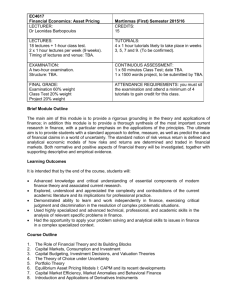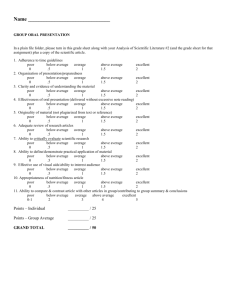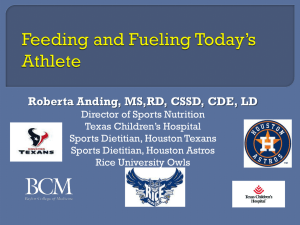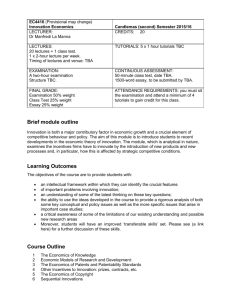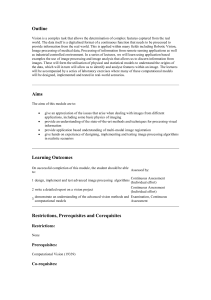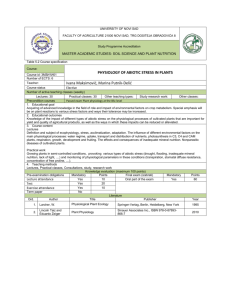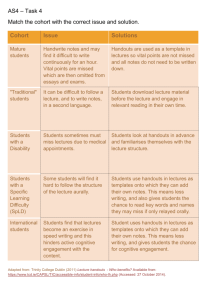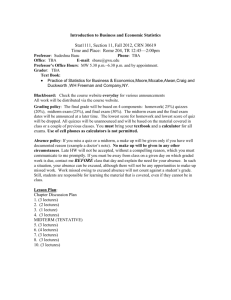EXS 370 - nau.edu - Northern Arizona University
advertisement
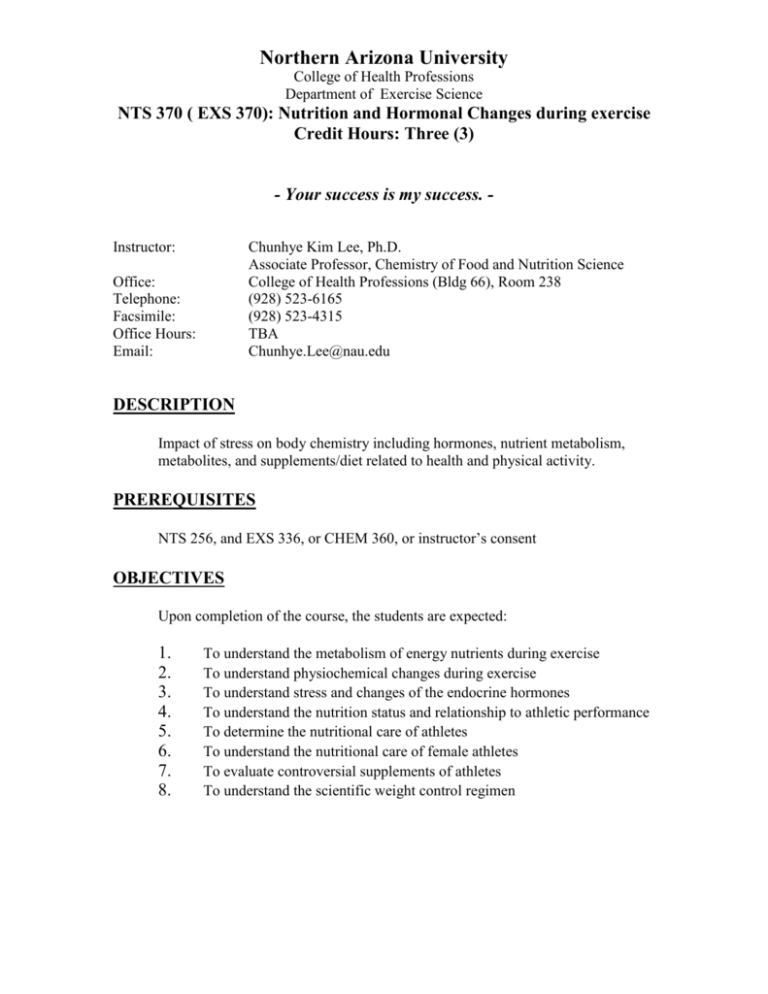
Northern Arizona University College of Health Professions Department of Exercise Science NTS 370 ( EXS 370): Nutrition and Hormonal Changes during exercise Credit Hours: Three (3) - Your success is my success. Instructor: Chunhye Kim Lee, Ph.D. Associate Professor, Chemistry of Food and Nutrition Science College of Health Professions (Bldg 66), Room 238 (928) 523-6165 (928) 523-4315 TBA Chunhye.Lee@nau.edu Office: Telephone: Facsimile: Office Hours: Email: DESCRIPTION Impact of stress on body chemistry including hormones, nutrient metabolism, metabolites, and supplements/diet related to health and physical activity. PREREQUISITES NTS 256, and EXS 336, or CHEM 360, or instructor’s consent OBJECTIVES Upon completion of the course, the students are expected: 1. 2. 3. 4. 5. 6. 7. 8. To understand the metabolism of energy nutrients during exercise To understand physiochemical changes during exercise To understand stress and changes of the endocrine hormones To understand the nutrition status and relationship to athletic performance To determine the nutritional care of athletes To understand the nutritional care of female athletes To evaluate controversial supplements of athletes To understand the scientific weight control regimen STRUCTURE AND APPROACH NTS 370 helps the students learn the applications of physiochemistry and metabolic endocrinology to nutrition, exercise, maintenance of health, and prevention of diseases. The teaching method /approach is Socratic to invite and encourage the student’s participation in lectures that includes discussions, disagreements, critical and creative thinking, and effectiveness and courtesy in communication in a group setting. Other devices to promote effective learning include audio-visual and computer supplements, and reading assignments in the textbook and short articles relating to current lectures. TEXTBOOK AND REQUIRED MATERIALS 1. Fundamental Nutrition Science 2. Berning, J.R., and Steen, S.N., Editors. Sports Nutrition for the 90’s: The Health Professional’s Handbook, Aspen Publishers, Inc., Current. SUGGESTED READING Reprints of short articles relating to current lectures may be handed out, or included in lecture handouts. COURSE OUTLINE (Lecture Content in Brief) Students are encouraged to ask questions or make comments or contributions during class. Depending on how much time is spent in this way, the speed with which we are able to cover the material may be affected. This could affect the following schedule-hence, please note it is “tentative.” LECTURE TOPIC READING ASSIGNMENT Course Introduction & review Types of Exercise…………………………………………………..Chapter 1 Supplemental reading Stress and functions of the endocrine hormones . . . . . . . . . . . . . Handouts 2 Energy nutrient metabolism during exercise Carbohydrates ……………………………………... Chapter 2 Lipids……………………………………………… Chapter 4 Proteins and Minerals …………………………….. Chapter 3 First Examination TBA Vitamins and Minerals……………………………... Chapter 5 Fluid Needs of Athletes…………………………….. .Chapter 8 Body Composition and Physical Performance…… .Chapter 9 Athletes and Health Concerns …………………Chapter 11, 12, and 14 Second Examination TBA Supplements Hormones…………………………………... Handouts Antioxidants………………………………... Chapter 6 Ergogenic Aids…………………………….. Chapter 7 Supplemental reading Health Promotion, and Diseases Exercises for Different Health Conditions………… Chapter 1 Nutritional Care of the Athlete in Training………… Handouts Supplemental reading Final Examination TBA 3 COURSE EVALUATION METHODS Grades will be based on Examinations (2) …………………………………. 200 points Quizzes (POP)………………………………………………… 200 points Assignments:Diets / Computer Analysis ………….. 200 points Final Examination (cumulative) …………………... 200 points Total Possible Points = 800 points Grade distribution A: B: C: D: 90-100 % 80-89% 70-79% 60-69% Assignments (200 Points) 1. Computer analysis of quantity and quality of the students’ nutrient intake and a final evaluation of their diet based on data, the information, and the knowledge they have obtained from the lectures, and reading assignments. This assignment assesses the students’ understanding, comprehension, applicability of the concepts learned in the class, and writing skills. 2. Readings are listed on the lecture schedule. Examinations (200 Points), Weekly Pop Quizzes (200 Points), Final Exam (200 Points) Fulfillments of the course objectives (8) and the degree of the effectiveness of teaching and the student learning outcome will be measured by multiple quizzes (10+) and two examinations including the comprehensive final examination. 4 COURSE POLICY Institutional Excuses Institutional excuses permit the students to be absent from classes and to make-up any missed work (homework and exams). Attendance, Tardiness, and Study Time Your attendance at all lectures is expected. Excessive unexcused absences (>300 minutes) will result in a failing grade of the course. Please make every attempt to arrive to lecture on time. Frequent tardiness is discourteous to the instructor and to your fellow students. Please remember if you miss class, it is your responsibility for all work missed due to absences. Success in this course will require that you spend time studying for it! A general guideline is two hours per week per credit hour. For most people this time is better spent in small increments (e.g. six one-hour periods rather than one six hour period). Academic Honesty Academic honesty is coveted. Cheating or plagiarism is justification for failure on an exam or the entire course. Please read the attached University Policy Statement on this subject. NOTICE The instructor reserves the right to make additions, deletions, or modifications to this syllabus and lecture schedule with reasonable notification to the students. “Thou shalt neither murmur nor complain, saying in thy heart that thy class proveth too complicated or that thy professor gradeth mere undergraduates too harshly if, ‘heaven forbid’ it should come to pass that thou has not truly spent the minimum of two hours in study for every one hour spent in lecture.” Author: Chunhye Kim Lee 5 6
